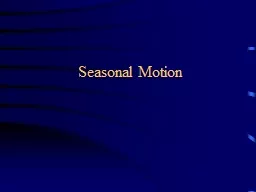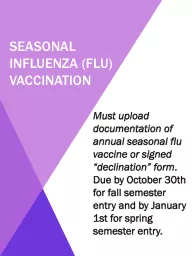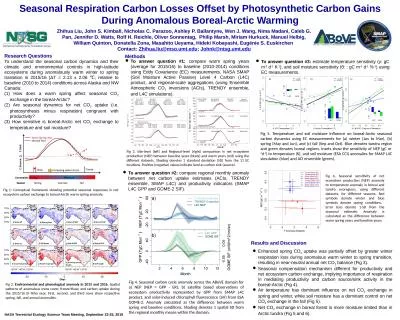PPT-Seasonal Motion The Zodiac throughout the Year
Author : mitsue-stanley | Published Date : 2019-06-23
Example In Winter sun in Sagittarius Gemini at night sky in summer sun in Gemini Sagittarius at night sky How do we see that the earth is moving around the sun
Presentation Embed Code
Download Presentation
Download Presentation The PPT/PDF document "Seasonal Motion The Zodiac throughout t..." is the property of its rightful owner. Permission is granted to download and print the materials on this website for personal, non-commercial use only, and to display it on your personal computer provided you do not modify the materials and that you retain all copyright notices contained in the materials. By downloading content from our website, you accept the terms of this agreement.
Seasonal Motion The Zodiac throughout the Year: Transcript
Download Rules Of Document
"Seasonal Motion The Zodiac throughout the Year"The content belongs to its owner. You may download and print it for personal use, without modification, and keep all copyright notices. By downloading, you agree to these terms.
Related Documents














